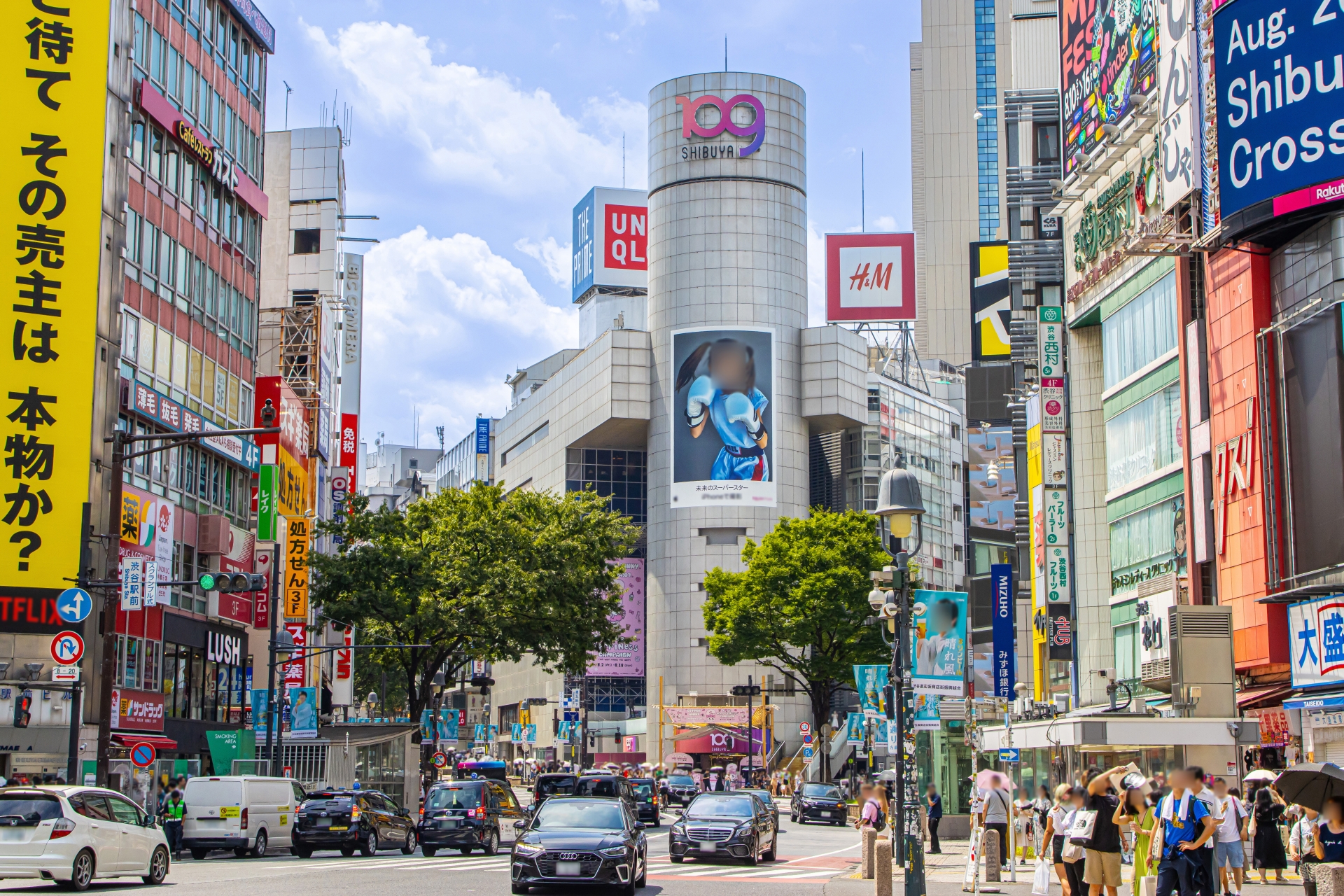The Ultimate Shibuya Area Guide: Explore Tokyo’s Most Dynamic Neighborhood
Introduction: Why Shibuya Captivates the World
Shibuya is not just a district in Tokyo—it is a symbol of modern Japan. Known worldwide for the Shibuya Scramble Crossing, towering neon billboards, and trend-setting fashion, Shibuya offers a unique blend of youth culture, nightlife, history, and business energy. Whether you’re a first-time visitor or a seasoned Tokyo traveler, Shibuya is a place where the city truly comes alive 24/7.
In this comprehensive guide, we’ll cover everything you need to know: major attractions, shopping streets, food culture, nightlife, hidden gems, historical spots, and essential travel tips.
The History of Shibuya
From a Small Village to a Global Icon
The name “Shibuya” originates from the Shibuya River, which once flowed through the district. During the Edo period, the area was a quiet suburban region with small temples and farming villages.
The turning point came in 1885, when Shibuya Station was established. With improved train access, the area quickly urbanized, attracting businesses, entertainment halls, and department stores. By the 20th century, Shibuya became the cultural hub of Tokyo youth, particularly after World War II when Japan modernized rapidly.
Hachiko and the Symbol of Loyalty
No story of Shibuya is complete without mentioning Hachiko, the loyal dog who waited daily at Shibuya Station for his owner, even years after his passing. Today, the Hachiko Statue is a global meeting point and a cultural symbol of loyalty and devotion.
Shibuya Scramble Crossing – The Heart of Tokyo
Why It’s the World’s Busiest Crossing
At peak times, over 3,000 people cross simultaneously. The crossing represents Tokyo’s rhythm: chaotic yet perfectly synchronized. For many tourists, standing at Shibuya Scramble is a bucket-list experience.
Best Places to View the Crossing
- Shibuya Sky (Shibuya Scramble Square) – Rooftop observation deck with a panoramic view.
- Starbucks Shibuya Tsutaya – Famous glass window view.
- Magnet by Shibuya109 rooftop – Offers a birds-eye photo spot.
Shibuya’s Shopping Paradise
Shibuya109 – The Temple of Fashion
Shibuya109 is legendary for its youth fashion culture, particularly for women in their teens and 20s. Trends like gyaru style were born here. Today, the mall continues to host fast-changing pop-up shops, influencer collaborations, and unique Tokyo street fashion.
Center Gai – Streetwear and Subcultures
Located across from the Scramble Crossing, Center Gai is lined with boutiques, sneaker shops, and arcades. It’s the best place to feel Shibuya’s raw energy.
Parco & Hikarie – The Sophisticated Side
For a more modern and upscale shopping experience, Shibuya Parco and Shibuya Hikarie mix fashion, art galleries, gourmet dining, and event spaces.
Food Culture in Shibuya
Ramen Heaven
Shibuya is home to dozens of ramen shops. Highlights include:
- Ichiran Ramen – Famous for solo booths and customizable tonkotsu broth.
- Afuri Ramen – Known for yuzu citrus-infused broth.
- Menya Musashi – Legendary thick noodles and dipping style (tsukemen).
Izakaya & Local Eats
- Nonbei Yokocho (“Drunkard’s Alley”) – A narrow street with retro-style bars.
- Uobei Sushi – Conveyor belt sushi reinvented with high-speed delivery lanes.
- Shibuya Yokocho (inside Miyashita Park) – A modern food hall with regional Japanese cuisines.
International Food Options
Shibuya caters to global visitors with Korean BBQ, Italian, Mexican tacos, and vegan cafés. It’s one of the most diverse food areas in Tokyo.
Shibuya Nightlife – Where Tokyo Stays Awake
Bars and Clubs
- Womb – World-famous nightclub for electronic music.
- Contact Tokyo – Underground DJ scene.
- TK Shibuya – Trendy club popular with locals and tourists.
Karaoke and All-Night Fun
Karaoke is an essential part of Tokyo nightlife. Shibuya offers both budget chains like Big Echo and luxury karaoke suites with skyline views.
Hidden Bars and Speakeasies
If you want a quieter night, explore backstreets for craft cocktail bars, whiskey lounges, and hidden izakaya only known to locals.
Cultural and Historical Spots in Shibuya
Meiji Shrine (Harajuku Border)
Just a short walk from Shibuya, Meiji Shrine offers a spiritual escape surrounded by a lush forest. It contrasts sharply with Shibuya’s neon lights.
Bunkamura & Art Galleries
Shibuya is also a center of culture, with Bunkamura Theater, Watarium Museum, and indie art spaces showcasing modern Japanese creativity.
Parks and Green Spaces
Yoyogi Park
Located near Harajuku and Shibuya, Yoyogi Park is famous for weekend flea markets, outdoor performances, and cherry blossom picnics.
Miyashita Park
Recently renovated, Miyashita Park combines a shopping mall, rooftop park, and food hall. It’s a popular hangout spot for both locals and tourists.
Hidden Gems in Shibuya
Cat Street
A fashionable street connecting Shibuya and Harajuku, Cat Street is filled with indie boutiques, cafes, and street art.
Love Hotel Hill
An unusual cultural spot showcasing Japan’s unique hotel scene. While quirky, it’s often featured in travel blogs as a curiosity of Shibuya nightlife.
Local Neighborhood Streets
Beyond the main crossing, Shibuya hides quiet residential alleys, small shrines, and mom-and-pop shops where you can see a more authentic side of Tokyo.
Practical Travel Tips
- Best Time to Visit: Evenings are vibrant, but mornings offer quieter exploration.
- Transportation: Shibuya Station is one of Tokyo’s busiest, connecting JR, Tokyu, Keio, and Tokyo Metro lines.
- Where to Stay: Choose between luxury hotels (Cerulean Tower Tokyu), boutique hotels (Trunk Hotel), or capsule hotels for budget travelers.
- Language: English is increasingly common in Shibuya shops and restaurants, but basic Japanese phrases help.
Conclusion: Shibuya as the Beating Heart of Tokyo
Shibuya is not just about the Scramble Crossing—it’s a living, evolving symbol of Tokyo’s spirit. From historical shrines to futuristic skyscrapers, ramen shops to world-class clubs, Shibuya reflects the diversity and creativity of Japan.
Visiting Shibuya means immersing yourself in Tokyo’s most dynamic neighborhood—one that constantly reinvents itself, yet stays true to its cultural roots.
